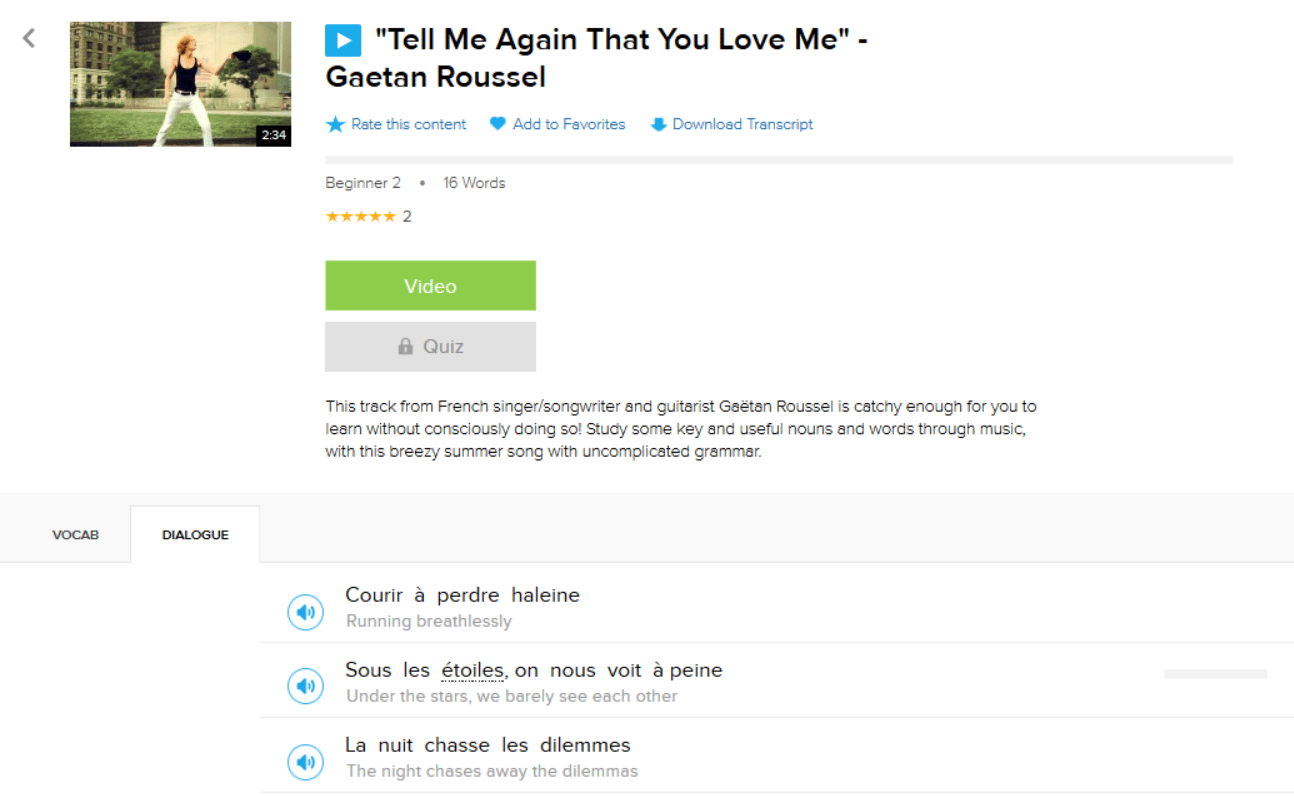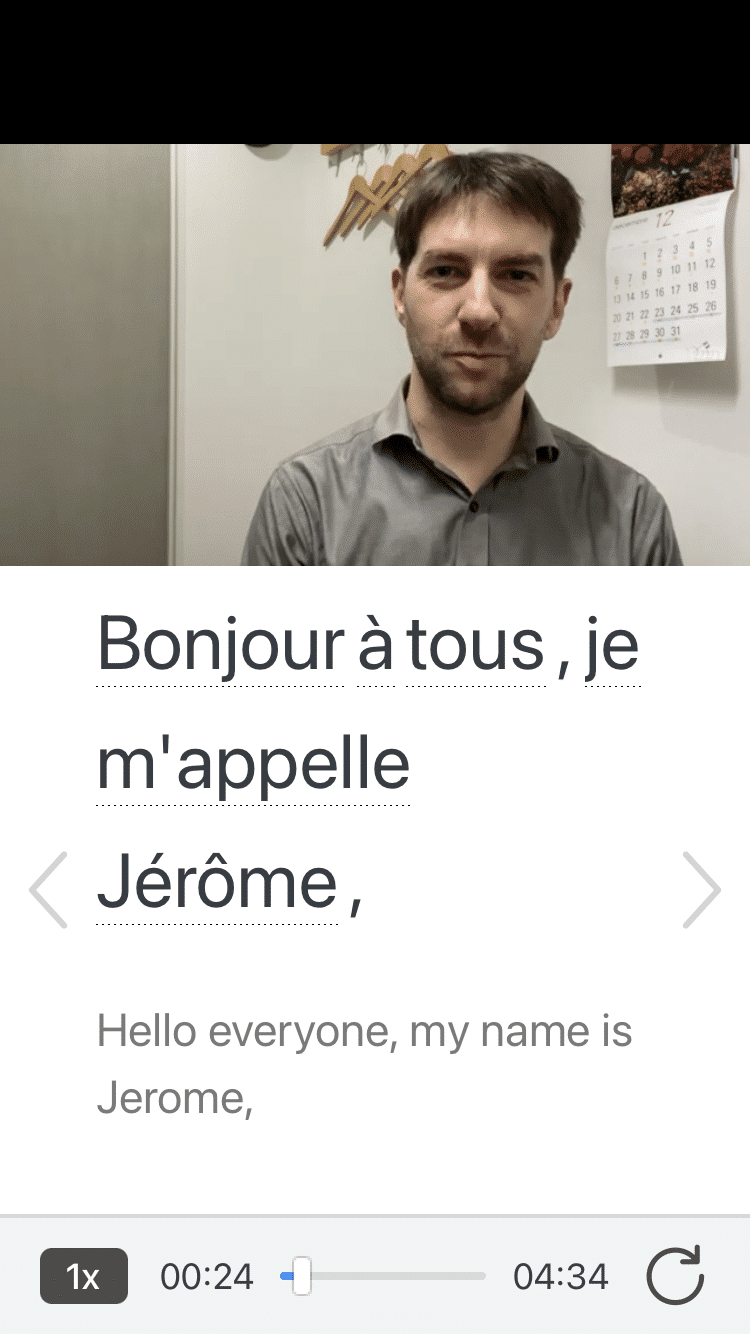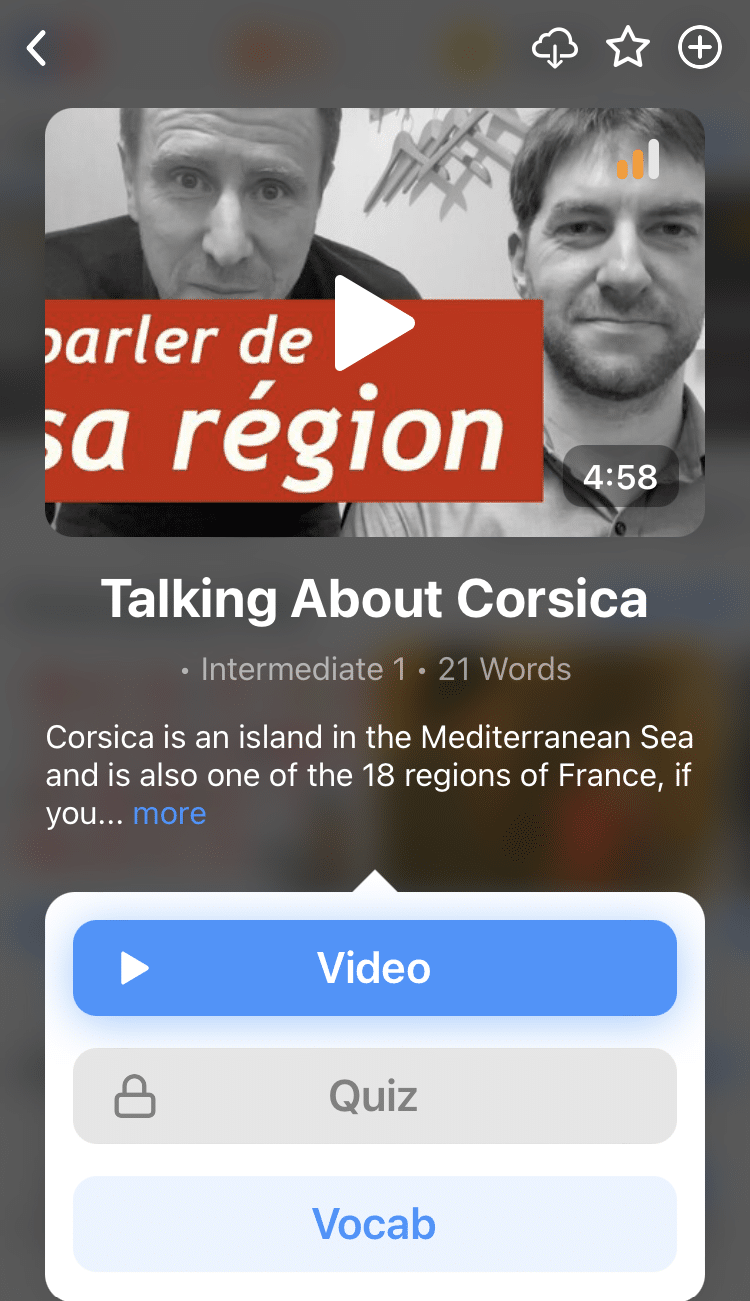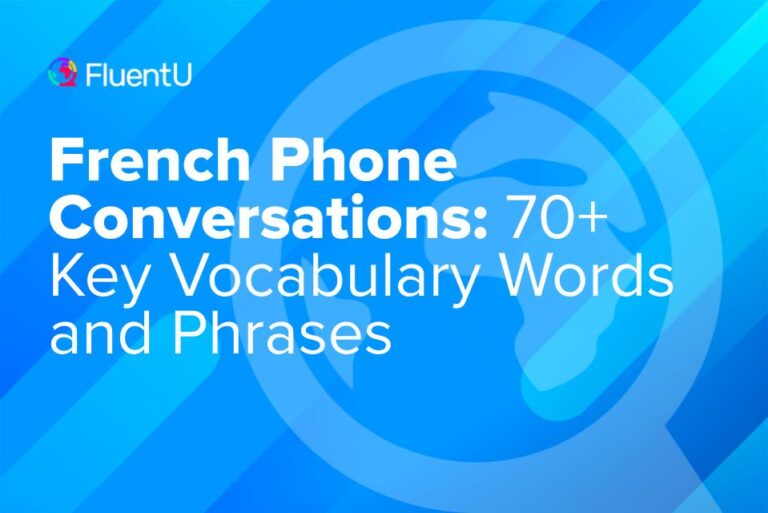How to Text in French

Sometimes, it can seem like the French you learn in textbooks and the colloquial French most native speakers actually use on a daily basis are two different languages. In spoken French, this can manifest with idiomatic expressions and slang. As far as written French is concerned, this is perhaps no clearer than when you receive a text message from a French person.
Being concise is more important than being grammatically correct, and finding shortcuts to say what you want to say quickly is the key.
Download: This blog post is available as a convenient and portable PDF that you can take anywhere. Click here to get a copy. (Download)
French Words and Phrases to Describe Texts and Texting
Before you even start texting in French, there are a few useful words you’ll need to talk about texting.
| French | English |
|---|---|
| Un portable | a cell phone |
| Un SMS/Un texto/Un message | a text |
| Un forfait | a texting/cell phone plan |
| Une batterie | a battery |
| Un chargeur | a charger |
| Envoyer un SMS | to send a text |
| Recevoir un SMS | to receive a text |
Here are a few practice sentences that show these words in action:
Tu pourrais me prêter ton chargeur ? Je n’ai plus de batterie. (Could you lend me your charger? I don’t have any more battery power.)
Tu m’envoies un texto quand tu arrives ? (Will you send me a text message when you get there?)
Désolé – je ne t’ai pas envoyé de message car je n’avais plus de forfait. (Sorry, I didn’t send you a text because my plan had run out.)
Your 5-Step Guide to Texting in French
1. Use Colloquial French
The first thing you’ll likely notice when texting in French is that you won’t be using textbook or standard French, but rather colloquial French or the registre familier (familiar register). This way of speaking and writing is characterized by a number of things that are frowned upon in standard French. For example:
- Dropping the ne when making a negation.
Je ne viens pas (I’m not coming) would become Je viens pas.
- Dropping inversion or question tags when making questions.
Viens-tu ? or Est-ce que tu viens ? (both ways to ask “Are you coming?”) would become Tu viens ?
You’ll also see a lot of verlan in French texting. This common form of French slang inverts the syllables of words to create a new word—in fact, the very word verlan is verlan for l’envers (the opposite).
Some examples you’ll encounter when texting include:
| Verlan | French | English translation |
|---|---|---|
| Meuf | femme | woman |
| Teuf | fête | party |
| Cimer | merci | thank you |
| Ouf | fou | crazy |
| Reuf | frère | brother |
2. Abbreviate Common Words and Phrases
French has a lot of silent letters, as you’ve no doubt noticed while learning the language. Texting lingo gets rid of all of these silent letters, abbreviating words down to their core sounds.
Some common abbreviations used in texting include:
| Abbreviation | French | English translation |
|---|---|---|
| Slt | salut | hi |
| Bjr | bonjour | hello, good morning |
| Cv | comment ça va ? | how are you? |
| C | c'est | it is |
| T | t’es | you are |
| Ct | c’était | it was |
| Tkt | t'inquiète | don’t worry |
| Ke | que | that |
| Keske | qu’est-ce que | what, what is |
| Dsl | désolé | sorry |
| MDR | mort de rire | "dying of laughter" (the French equivalent of LOL) |
| Pk | pourquoi | why |
| A+ | à plus tard | see you later |
| Biz | bisous/bises | both mean “kisses” and are used to say goodbye |
| Tél | téléphone | telephone |
| Tt/tte | tout/toute | all |
| D'ac | d’accord | okay |
| Stp | s’il te plait | please |
| Jtm | je t'aime | I love you |
| Jrv | j'arrive | I'm on my way |
Here are some sample texts using the vocabulary above:
A: Coucou. Pk tu m’as pas dit comment ct ton concert ? (Hey! Why didn’t you tell me how your concert went?)
B: Dsl ! J’avais oublié mon tél. Ct trop bien ! Mais Alex est tombé sur scène. Tkt il va bien. (Sorry! I forgot my phone. It was awesome! But Alex fell on stage. Don’t worry he’s fine.)
A: C vrai ? Mdr ! Bon tu me racontes tt ce soir ? (Really? Lol! So you’ll fill me in tonight?)
B: Oui tkt biz (Yeah no worries xx)
You can find some more abbreviations here.
3. Forget All Those Pesky Spelling Rules
While you spent tons of time learning the difference between ais, ait, aient, er and é in order to be able to write French correctly, those rules can go out the window when you’re texting. In texting language, all of these different ways of writing the same sound are replaced with a simple é.
Not only can you replace the endings of verbs—for example, J’allé instead of j’allais (I was going)—there are also a handful of words with this é sound whose spelling is changed in texts:
- Je vais (I’m going) → Je vé
- J’ai (I have) → Jé
- Ouais (yeah) → Wé
4. When In Doubt, Revert to English
French young people love English, and a lot of English words have become part of colloquial French, especially when texting. You’ll often see the following English words in French texts:
- lol
- good
- yes
- OK
- stop
- ASAP
- has been
This is used to mean old-fashioned or out of fashion.
Il est trop has-been ! (He’s so out of fashion!)
- life
This is used as a feminine noun and means “life” but also “business.”
Arrête de raconter ma life à tout le monde ! (Stop telling everyone all about my life/my business!)
- like
This is used as a verb (liker, or “to like”) and is only used in reference to apps that have a “like” function, such as Instagram and Facebook.
Euh… pourquoi son ex est en train de liker toutes ses photos ? (Um… why is his ex liking all of his photos?)
A great way to learn how colloquial French and anglicisms are used is by immersing yourself in authentic French content so you can hear how the language is used in context. For example, you could watch French movies, follow French language accounts on social media, or you could try searching for specific terms on an immersive language learning program like FluentU.
FluentU takes authentic videos—like music videos, movie trailers, news and inspiring talks—and turns them into personalized language learning lessons.
You can try FluentU for free for 2 weeks. Check out the website or download the iOS app or Android app.
P.S. Click here to take advantage of our current sale! (Expires at the end of this month.)
5. Don’t Overdo It
Just as in English, there are also people who text the same way they speak, and the more terms you use, the more ringard (uncool) you’ll seem. Use these tips to season your texts rather than making them the meat, otherwise, your French texts will look as ridiculous as this does in English:
Luv u bb – UR teh 1! Cu xx
Above all, while it can be fun to try out some of these colloquialisms, don’t feel overwhelmed by them. Texting in standard French is totally acceptable, too. After all, you’re not paying your forfait by the letter (despite what some French teenagers’ spelling would have you believe!)
Texting Culture in France
Texting culture in France is slightly different than in the U.S., mainly because of the way cell phone plans developed differently in both countries.
In the U.S., the first cell phone plans made texting extremely expensive. People had to not only pay to send text messages but also to receive them. Generally speaking, calling was the cheaper option.
In France, however, texting has always been far cheaper than calling, so this quickly became the ideal way to communicate. In fact, calling was so expensive that when people’s plans were running out, it wasn’t uncommon to biper (to beep) your friends. This involved placing a call and allowing it to ring once or twice before hanging up, forcing the person you called to call you back and use their plan minutes instead of yours.
Texting is the main way that most people communicate by phone in France. It transcends generations, though older texters tend to stick to standard French, while teens and young adults often use more abbreviations and colloquialisms.
Today, most cell phone plans in France have both unlimited texting and unlimited data. French people will usually opt to text whenever possible, though messaging with apps like WhatsApp and Instagram is also popular. On these apps, the same rules of concise communication apply.
Let’s Practice!
Now that you’ve learned how to text in French, try to figure out what these two texters are talking about!
A: Ta oublié de me donner l’adresse de la teuf ce soir !
B: DSL ! Je te l’envoie tt suite
A: TKT c bon A+
Translation:
A: You forgot to give me the address for the party tonight!
B: Sorry! I’ll send it to you right now
A: Don’t worry it’s alright see you later
Feeling ready to get tapping and texting like a native French speaker? Wé!
Download: This blog post is available as a convenient and portable PDF that you can take anywhere. Click here to get a copy. (Download)
And one more thing...
If you like learning French on your own time and from the comfort of your smart device, then I'd be remiss to not tell you about FluentU.
FluentU has a wide variety of great content, like interviews, documentary excerpts and web series, as you can see here:

FluentU brings native French videos with reach. With interactive captions, you can tap on any word to see an image, definition and useful examples.

For example, if you tap on the word "crois," you'll see this:

Practice and reinforce all the vocabulary you've learned in a given video with learn mode. Swipe left or right to see more examples for the word you’re learning, and play the mini-games found in our dynamic flashcards, like "fill in the blank."

All throughout, FluentU tracks the vocabulary that you’re learning and uses this information to give you a totally personalized experience. It gives you extra practice with difficult words—and reminds you when it’s time to review what you’ve learned.
Start using the FluentU website on your computer or tablet or, better yet, download the FluentU app from the iTunes or Google Play store. Click here to take advantage of our current sale! (Expires at the end of this month.)








